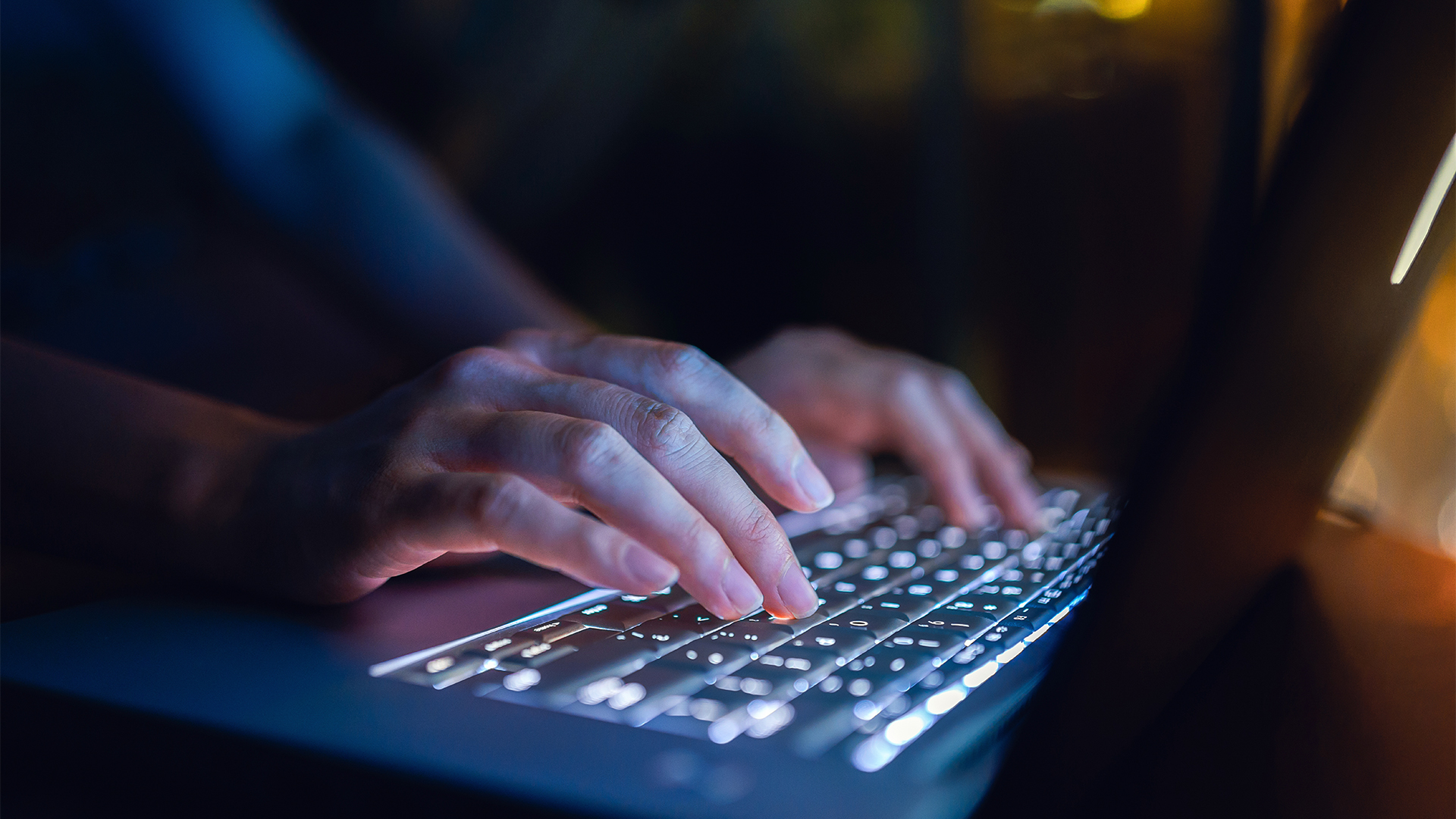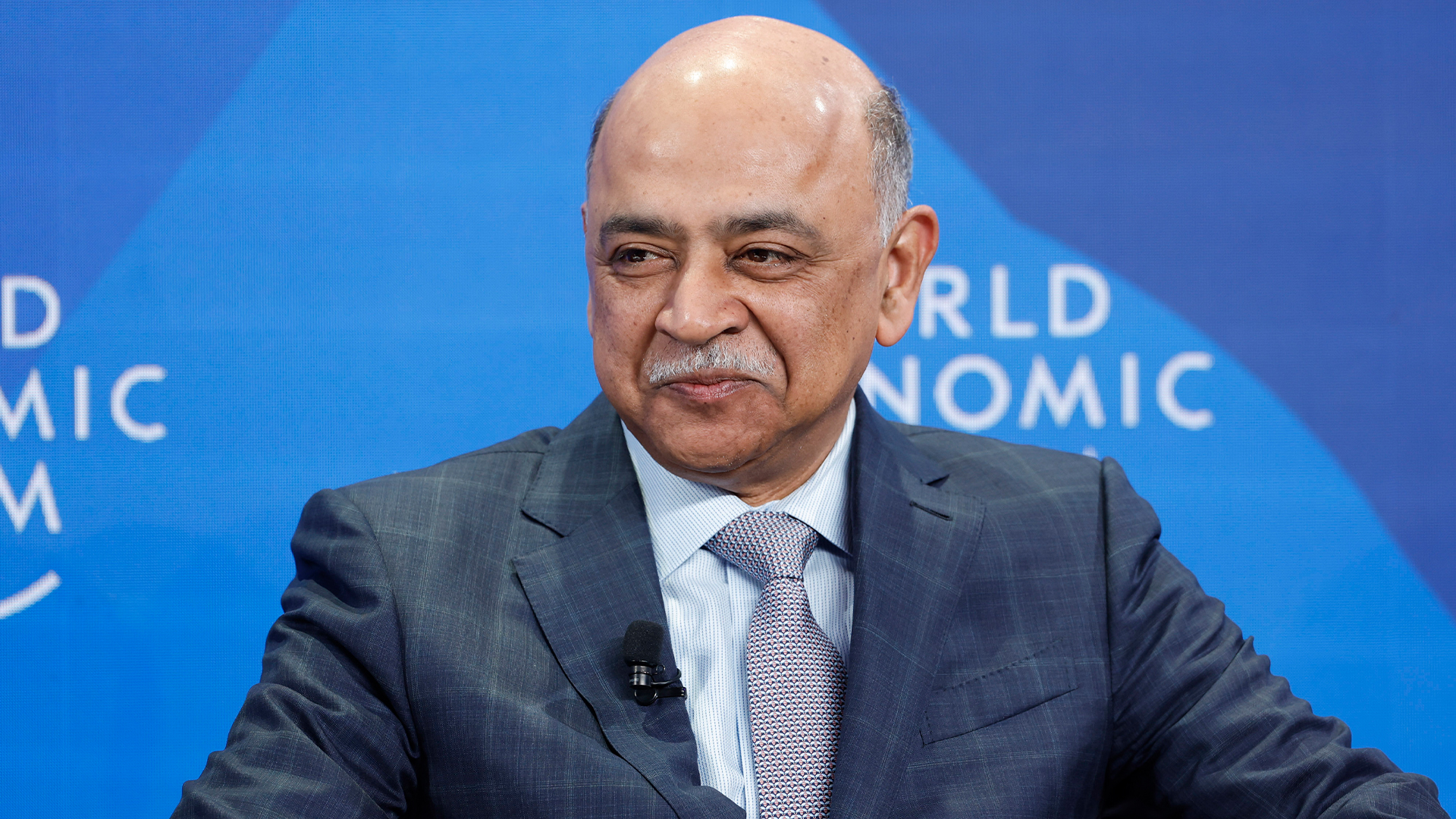Dell PowerEdge C6100 review
The PowerEdge C6100 is Dell's best-selling cloud server system. In this exclusive review, Dave Mitchell takes a closer look at this multi-node, rack dense system to find out why.
Dell’s PowerEdge C6100 is aimed at the middle ground between customers looking for a few rack dense systems and those requiring a few thousand. Businesses building an HPC, gaming or cloud services solution will find it has good processing density for a 2U chassis and it’s low on power consumptions as well. Supermicro was here first with its Twin² servers which are better value, but its resellers won’t be able to compete with the warranty and support services offered by Dell’s mighty DCS group.

The nodes have a PCI Express X16 riser for general expansion and a mezzanine slot for Dell's optional Infiniband, RAID or 10-Gigabit cards. You may need to use one as the embedded ICH10R SATA controller doesn't have any RAID options.
If you want RAID, Dell offers an LSI 6Gbit/s SAS mezzanine card which supports mirrors and stripes or an LSI MegaRAID SAS PCI-E card which adds RAID 5 and 6 to the mix. The backplane itself supports both SATA and 6Gbit/s SAS disks. For the latter the backplane has separate four-port mini-SAS connectors for each node that are cabled directly to the cards.
The chassis includes a power throttling feature designed to protect the system and running services.
Along with sharing out the disk bays to each node, the chassis incorporates a pair of 1100W hot-plug power supplies. Power is rerouted through the same backplane as the disks so the nodes receive all storage and power services via a single edge connector.
Dell also offers 470W, 750W and 1400W supply options and the chassis includes a power throttling feature designed to protect the system and running services. If consumption exceeds the output of one supply then redundancy cannot be maintained if one supply fails.
In this event, the system will throttle back power consumption of the processors on all nodes to stay within its power budget. Once the errant supply has been replaced, it'll return the nodes to full speed. To reduce consumption further, the supplies don't have any internal fans and rely on the four main system fans behind the backplane for cooling.
Sign up today and you will receive a free copy of our Future Focus 2025 report - the leading guidance on AI, cybersecurity and other IT challenges as per 700+ senior executives
Dave is an IT consultant and freelance journalist specialising in hands-on reviews of computer networking products covering all market sectors from small businesses to enterprises. Founder of Binary Testing Ltd – the UK’s premier independent network testing laboratory - Dave has over 45 years of experience in the IT industry.
Dave has produced many thousands of in-depth business networking product reviews from his lab which have been reproduced globally. Writing for ITPro and its sister title, PC Pro, he covers all areas of business IT infrastructure, including servers, storage, network security, data protection, cloud, infrastructure and services.
-
 Netgear ramps up enterprise focus with new partner program
Netgear ramps up enterprise focus with new partner programNews The new Netgear Drive Partner Success Program introduces new tools and resources to help partners drive growth and profitability
By Daniel Todd Published
-
 When cyber professionals go rogue: A former ‘ransomware negotiator’ has been charged amid claims they attacked and extorted businesses
When cyber professionals go rogue: A former ‘ransomware negotiator’ has been charged amid claims they attacked and extorted businessesNews The attackers are alleged to have demanded ransoms of up to $10 million
By Emma Woollacott Published
-
 IBM layoffs loom as ‘single-digit percentage’ of global workforce set for cuts
IBM layoffs loom as ‘single-digit percentage’ of global workforce set for cutsNews Headcount at the cloud giant has been decreasing steadily in recent years
By Ross Kelly Published
